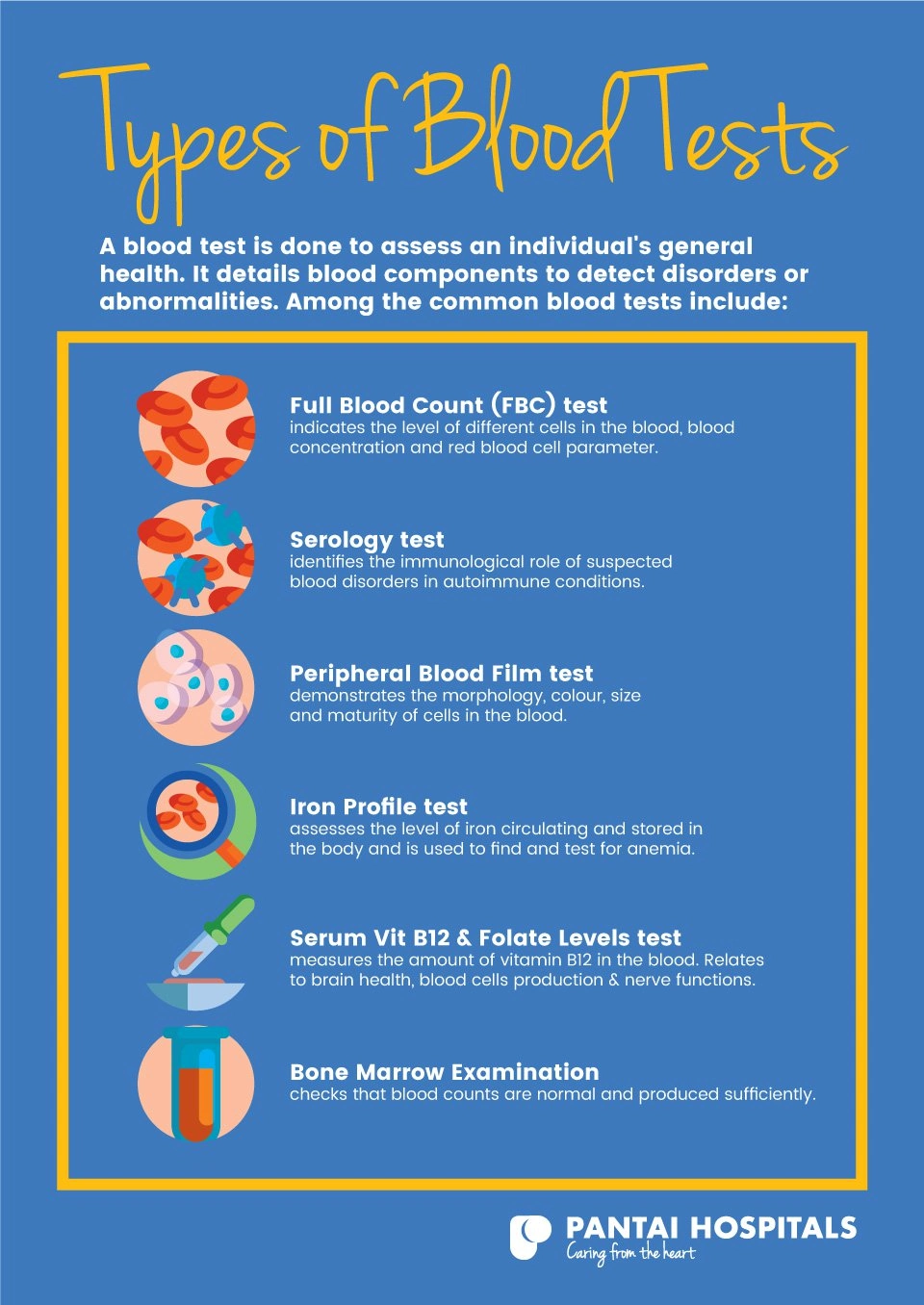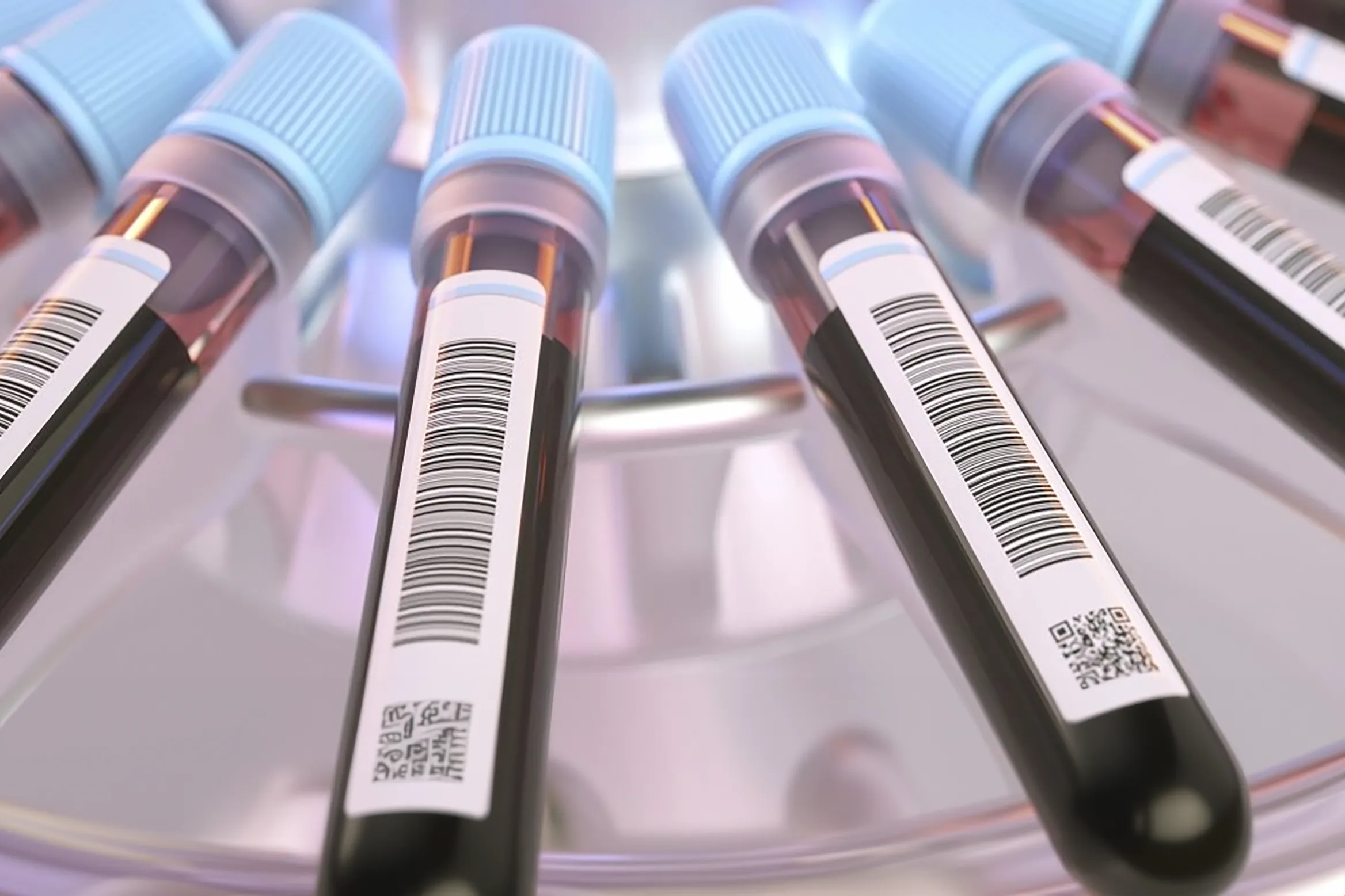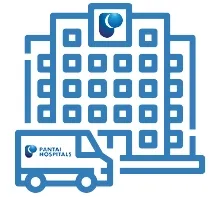Haematology is the study of blood and blood disorders such as anaemia, leukaemia, lymphoma, and myeloma. Doctors who specialise in this field of medicine are called haematologists.
The three important types of cells in haematology are:
- Red blood cells (erythrocytes): Red blood cells contain proteins known as haemoglobin. Red blood cells can transport oxygen to body tissues through haemoglobins and carry carbon dioxide away from them.
- White blood cells (leukocytes): White blood cells are essential to fight off infections.
- Platelets (thrombocytes): The primary function of platelets is to prevent or stop bleeding by forming clots on the walls of injured blood vessels.
What are the common haematology disorders and symptoms?
There are several blood disorders in haematology. Some haematological conditions may cause the number of certain blood cells to increase or decrease:
Anaemia is a condition of low levels of red blood cells or haemoglobin in the blood. Symptoms of anaemia include:
- Lethargy
- Dizziness
- Palpitations
- Shortness of breath
- Irregular heartbeats
- Pale skin
- Chest pain
- Cold hands and feet
- Headache
Leukopenia is a condition of low levels of white blood cells. Symptoms of leukopenia include:
- High temperature
- Frequent infections
- Mouth sores
- Toothache
- Tiredness
- Shivering and chills
Thrombocytopenia is a condition of low level of platelets. Symptoms of thrombocytopenia include:
- Easy or excessive bruising
- Petechiae – small flat red spots under the skin due to blood leaking from blood vessels
- Purpura – bleeding in the skin that causes purple, red, or brownish-yellow spots
- Unexpected gum or nosebleeds
- Prolonged bleeding
- Blood in the urine or stool
- Heavy menstrual bleeding
Blood cancers such as leukaemia and multiple myeloma can cause an increase in some blood components. When this occurs, the viscosity of the blood increases significantly, leading to what is known as hyperviscosity syndrome.
Symptoms of high blood viscosity develop gradually, and these include:
- Spontaneous bleeding from the mucous membranes
- Visual disturbances due to retinopathy
- Neurological symptoms such as headache, vertigo, seizures, coma
Polycythaemia is a condition of high concentration of red blood cells. Symptoms of polycythaemia include:
- Blurred vision
- Headaches
- High blood pressure
- Dizziness
- tiredness
- Abdominal discomfort
- Bruising
- Nosebleed
- Itchy skin, particularly after shower
Thrombocytosis is a condition of increased platelet count. Most people with thrombocytosis do not have symptoms. It may only be discovered during routine blood tests.
Some symptoms include:
- Bleeding
- Sweating
- Weight loss
- Sickle cell disease: This is a type of blood disorder where the red blood cells are crescent or sickle-shaped
- Thalassemia: This is an inherited blood disorder where the body does not make enough haemoglobin
- Von Willebrand’s disease
- Blood cancers
- Myeloma
- Lymphoma
- Haemophilia
How are haematology conditions screened & diagnosed?
After an assessment of signs and symptoms by the doctor, several diagnostic tests may be carried out to help form the diagnosis. Common blood tests used include:

- Full blood count: To indicate the level of different cells in the blood, blood concentration, and red blood cell parameters. A full blood count typically includes the following:
- Red blood cell
- White blood cell
- Platelet
- Haemoglobin
- Haematocrit
- Differential white cell count
- Clotting test - Activated Partial Thromboplastin Time (APTT) or Prothrombin Time (PT) Test: To identify how long it takes for blood to clot.
- Blood smear: To demonstrate the size, shape, number, and appearance of red and white blood cells.
- Iron study/profile: To assess the level of iron circulating and stored in the body.
- Bone marrow biopsy: Cells from the bone marrow are extracted for analysis.
How are haematology conditions treated?
Depending on the diagnosis, treatment options in haematological diseases vary greatly. In general, the principle of treatment is to correct any haematological disturbances, manage symptoms associated with deranged blood counts and treat the underlying cause.
Treatments options include:
- Dietary changes
- Blood and platelet transfusion
- Anticoagulants
- Oral iron preparations
- Vitamin B12 and folic acid pills
For blood cancers, treatment is personalised based on the patient’s condition and other associated factors. Treatment includes:
- Chemotherapy
- Bone marrow transplantation.
Speak to your doctor if you or your loved ones have symptoms of haematology conditions. The caring team of healthcare professionals are available for consultation and to provide the best care. Get in touch with us to book an appointment today. We assure you the best possible care tailored to your specific needs.


 Request an Appointment
Request an Appointment.webp?sfvrsn=276ce14_1/vector-(3).webp) International Patient
International Patient

.webp)


 Find A Doctor
Find A Doctor




.webp?sfvrsn=20763f7d_21)
.webp?sfvrsn=f2a2c343_12)





